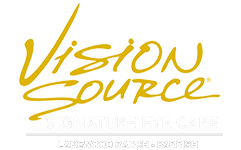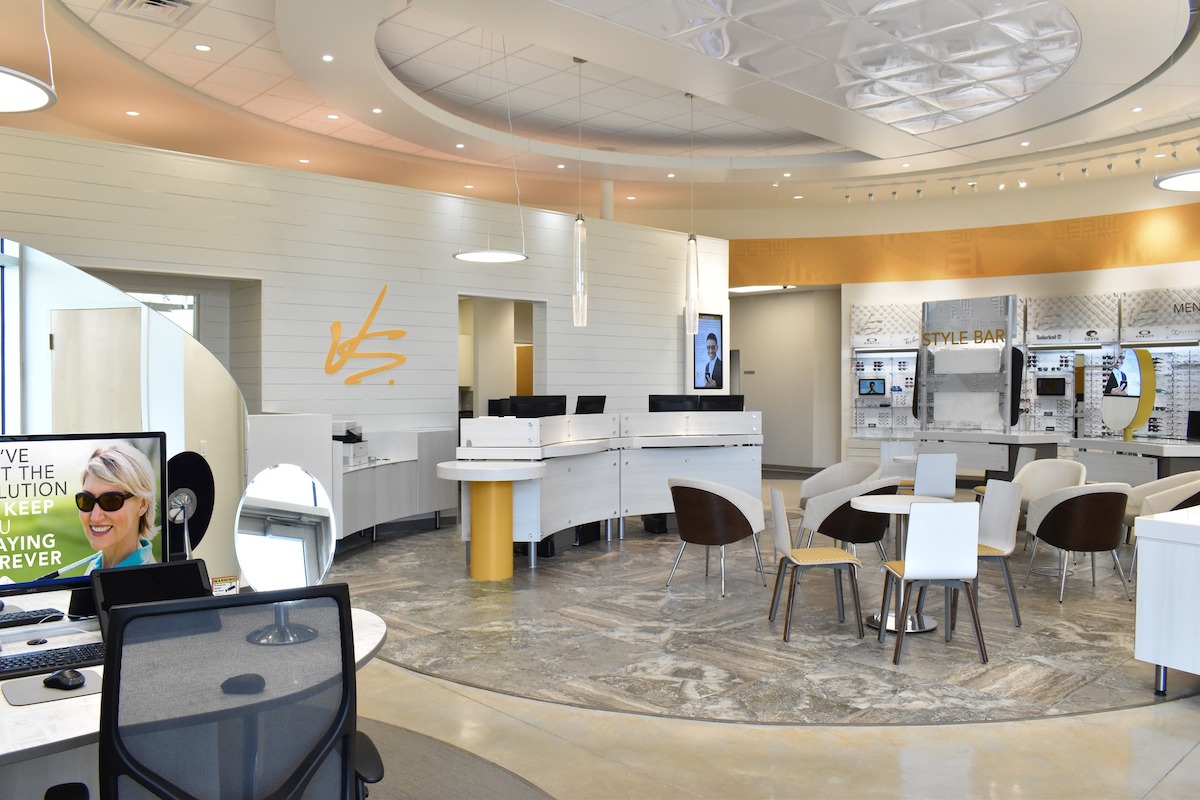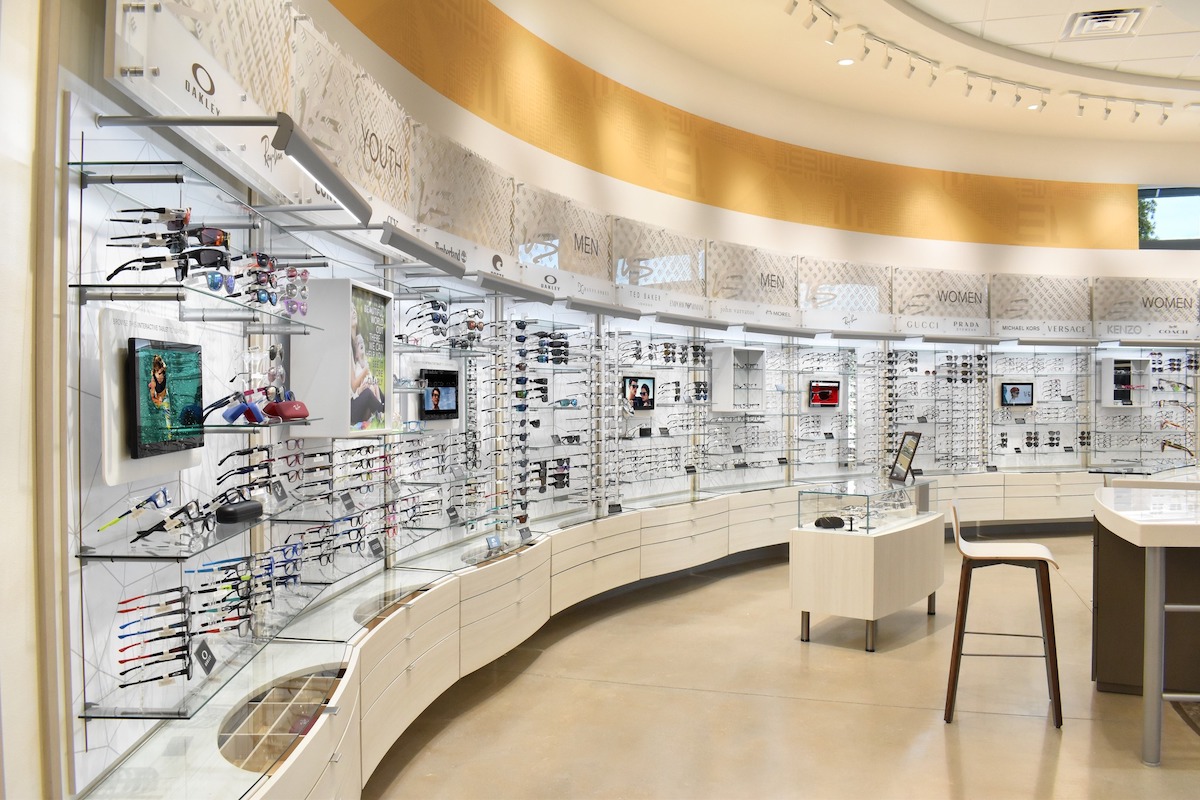Orthokeratology
OrthoK is a procedure to reduce your dependence on eyeglasses and contact lenses.
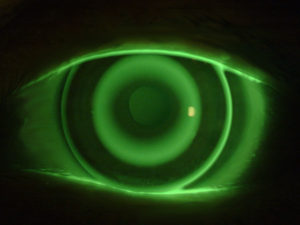 Orthokeratology is a procedure where the patient undergoes GCC or gentle corneal reshaping. Special corneal molds are worn while sleeping. Upon wakening, vision is clear all day until bedtime when they need to reinsert the lenses. While there are no age restrictions, children and young people are better candidates for the procedure as the cornea has properties when younger create better outcomes. OrthoK is also used for Myopia Control. Higher amounts of nearsightedness put one at risk for retinal detachment, glaucoma and cataracts. Myopia control can reduce the progression of nearsightedness by 50%.
Orthokeratology is a procedure where the patient undergoes GCC or gentle corneal reshaping. Special corneal molds are worn while sleeping. Upon wakening, vision is clear all day until bedtime when they need to reinsert the lenses. While there are no age restrictions, children and young people are better candidates for the procedure as the cornea has properties when younger create better outcomes. OrthoK is also used for Myopia Control. Higher amounts of nearsightedness put one at risk for retinal detachment, glaucoma and cataracts. Myopia control can reduce the progression of nearsightedness by 50%.
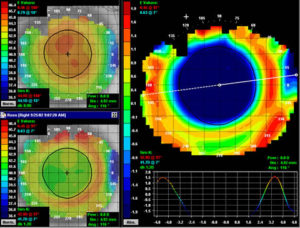 Special testing including corneal topography will be performed to precisely measure the curvature and topographical changes that occur on the cornea, the clear dome-like structure on the front part of the eye. Corneal topography will be repeated throughout the year throughout the orthokeratology program to measure changes and fine tune the treatment plan.
Special testing including corneal topography will be performed to precisely measure the curvature and topographical changes that occur on the cornea, the clear dome-like structure on the front part of the eye. Corneal topography will be repeated throughout the year throughout the orthokeratology program to measure changes and fine tune the treatment plan.
